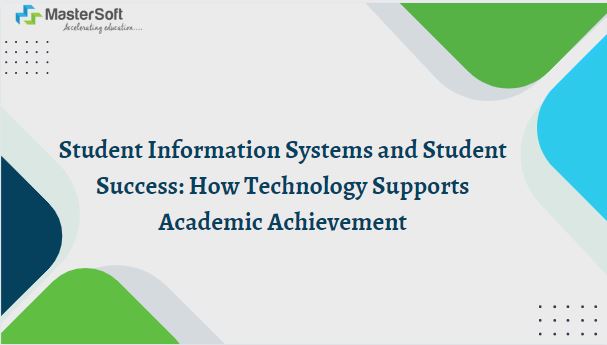In today’s fast-paced digital world, technology plays a vital role in transforming various sectors, including education. One of the most significant advancements in the educational landscape is the integration of Student Information Systems (SIS). These comprehensive software platforms have revolutionized the way educational institutions manage student data, streamline administrative processes, and enhance overall academic achievement. In this blog, we will delve into the concept of Student Information Systems and explore how technology-driven solutions are empowering students and educators alike to achieve greater academic success.
Understanding Student Information Systems (SIS)
A Student Information System (SIS) is a centralized database that captures, stores, and manages critical student-related data, such as personal information, enrollment records, attendance, grades, academic progress, and more. SIS platforms have evolved from simple record-keeping tools to sophisticated systems that facilitate seamless communication between students, teachers, administrators, and parents.
Key Features of Student Information Systems
-
Efficient Data Management: Student Information Systems enable educational institutions to efficiently store and organize vast amounts of student data, making it easily accessible to authorized personnel.
-
Automated Attendance Tracking: SIS platforms automate attendance tracking, allowing teachers to record attendance quickly, monitor trends, and identify potential issues that may hinder a student’s progress.
-
Academic Performance Monitoring: With SIS, educators can track individual student performance over time, helping them identify struggling students early on and implement appropriate interventions.
-
Online Gradebook: SIS provides a digital gradebook that allows teachers to record and share students’ grades, assignments, and progress with parents and students in real-time.
-
Communication Tools: SIS often incorporates communication features, such as messaging systems and portals, facilitating seamless interaction between teachers, students, and parents.
How Technology Supports Academic Achievement
-
Personalized Learning: Student Information Systems enable educators to access a comprehensive profile of each student, including their learning preferences, strengths, weaknesses, and past performance. Armed with this information, teachers can tailor their instructional approaches to meet individual students’ needs, fostering a personalized learning environment that enhances academic achievement.
-
Early Intervention and Support: By closely monitoring students’ academic progress and attendance patterns, educators can identify struggling students at an early stage. SIS empowers teachers and administrators to intervene promptly, offering additional support, resources, or counseling to help students overcome challenges and stay on track.
-
Parental Engagement: Student Information Systems often come with parent portals, allowing parents to access their child’s academic information, grades, attendance records, and teacher feedback. This increased transparency and involvement foster a strong home-school partnership, leading to better support for students and improved academic performance.
-
Efficient Administrative Processes: SIS streamlines administrative tasks, freeing up valuable time and resources for educators to focus on teaching and student support. Automated processes, such as enrollment, scheduling, and report generation, reduce paperwork, administrative errors, and save time for more productive activities.
-
Data-Driven Decision Making: The wealth of data captured by SIS provides educational institutions with valuable insights for data-driven decision-making. Administrators can analyze trends, evaluate the effectiveness of academic programs, and make strategic changes to enhance overall student success.
Conclusion
Student Information Systems have emerged as a critical component in the pursuit of academic achievement. By harnessing the power of technology, these platforms facilitate efficient data management, personalized learning, early intervention, and parental engagement, all of which contribute to better student outcomes. As educational institutions continue to embrace technology and innovation, the future of academic achievement looks promising, with technology acting as a catalyst for transformative change in the realm of education.

